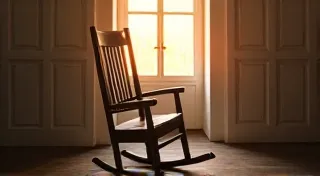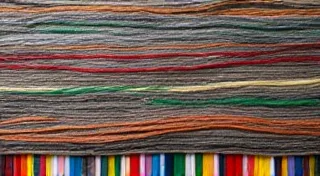Lost & Found: Stories Behind Abandoned Vintage Bookmarks
There's a certain magic to discovering a vintage bookmark tucked within the pages of a used book. It’s more than just a piece of paper or a decorative token; it’s a whisper from the past, a tangible link to someone else’s reading journey. These abandoned relics, often overlooked, offer poignant narratives – remnants of past lives and forgotten stories, silently waiting to be rediscovered.
My own fascination began years ago, while browsing a dusty antique bookstore. I purchased a first edition of “Little Women,” a book already well-loved, evidenced by the careful underlining and pressed flowers delicately marking cherished passages. But it was the bookmark, a faded silk ribbon with a tiny embroidered forget-me-not, that truly captivated me. It spoke of a young woman, perhaps, who read this book with a wistful heart, dreaming of Louisa May Alcott’s beloved March sisters. Who was she? What were her dreams? The bookmark didn't offer definitive answers, but it ignited a powerful sense of connection across time.
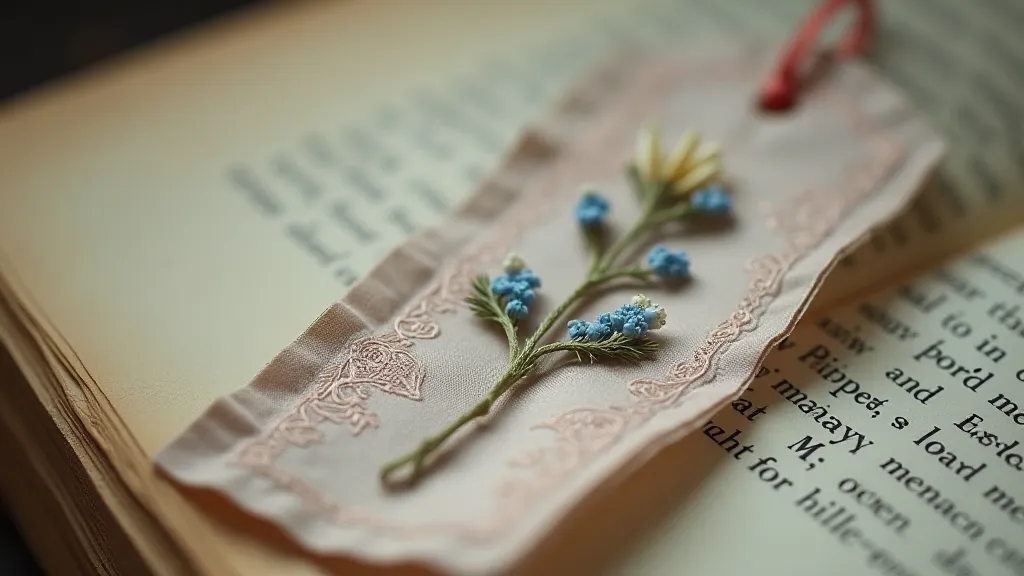
The Historical Context of Bookmarks
Before the mass production of paper and affordable books, marking one's place in a volume wasn't always about decorative flourishes. Early readers utilized scraps of leather, fabric, leaves, and even dried flowers. The advent of paper bookmarks in the Victorian era coincided with a burgeoning literacy rate and a growing appreciation for aesthetics. Bookmarks became an affordable luxury, a way to express personality and demonstrate an appreciation for literature. The level of detail and artistry invested in these early bookmarks is truly remarkable, reflecting a time when craftsmanship and attention to detail were paramount.
During the Edwardian period, lithographic printing made it possible to produce more elaborate designs, featuring vibrant colors, intricate patterns, and often, advertisements. These “advertising bookmarks” offer a fascinating glimpse into the commercial landscape of the era, promoting everything from patent medicines to theatrical performances. Others were produced by publishers themselves, serving as promotional items for their latest literary releases. The rise of these intricate designs spurred a growing interest in replicating the aesthetics of the era - a detail enthusiasts often explore through recreating vintage bookmark designs.
Types of Vintage Bookmarks: A Collector’s Perspective
The world of vintage bookmarks is surprisingly diverse. Common materials include paper, silk, velvet, leather, and metal. Paper bookmarks often feature printed designs, while silk and velvet bookmarks offer a more luxurious feel. Leather bookmarks, frequently embossed with initials or intricate patterns, speak of a timeless elegance. Metal bookmarks, often made of silver or brass, can be incredibly ornate, sometimes incorporating intricate filigree work or miniature engravings.
Categorizing vintage bookmarks can be a fun and rewarding pursuit. One can group them by material (paper, silk, metal, leather), design motifs (floral, geometric, scenic), historical period (Victorian, Edwardian, Art Deco), or even by the company or artist that created them. Certain hallmarks, such as embossed logos or specific printing techniques, can help identify the age and origin of a bookmark. For serious collectors, the process of documenting and cataloging these treasures can be an art in itself; it's not simply about possession, but about preserving a piece of history, as explored in the curator’s eye, documenting and cataloging vintage bookmark collections.
The Stories They Tell: More Than Just Paper
Each bookmark carries a silent narrative. A faded photograph tucked within a sentimental novel suggests a cherished memory, a loved one held close while lost in the story’s embrace. A bookmark featuring a poem handwritten in delicate script hints at a contemplative reader, someone who found solace and inspiration within the verses. The careful preservation of these objects by previous owners speaks volumes about the importance they held.
I recently acquired a bookmark from a first edition of “The Wind in the Willows.” It was a simple piece of card stock, printed with a charming illustration of Ratty rowing on the river. On the back, someone had carefully written a single line: “My favorite story – Emily, 1932.” It was a brief, unassuming inscription, yet it felt incredibly powerful. It transported me back to a time of innocence and wonder, to a young girl named Emily, lost in the magical world of Kenneth Grahame’s beloved tale. Imagine the conversations Emily might have had about that cherished story, the memories woven into the fibers of that simple card.
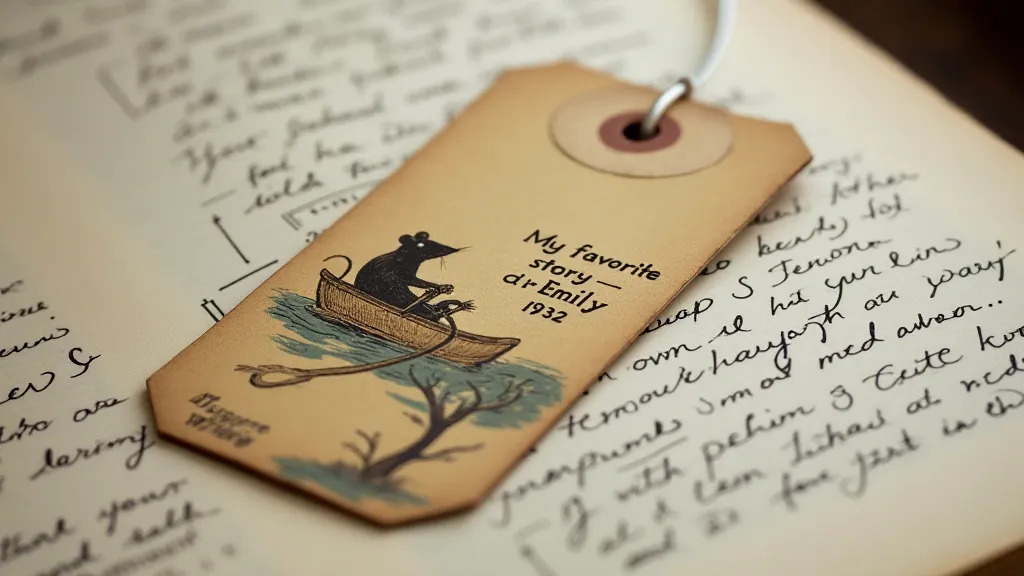
The Evolution of Design and Production
The materials and techniques employed in creating vintage bookmarks reflect the technological and artistic trends of their time. Early bookmarks were often handcrafted from readily available materials like scraps of leather, dried flowers, and natural fibers. As printing technology advanced, particularly with the introduction of lithography, bookmarks became more accessible and showcased a wider range of designs. The ability to mass-produce colorful and intricate patterns transformed the bookmark from a simple placeholder into a miniature work of art and a potent marketing tool.
The Victorian era saw a preference for sentimental and ornate designs, often featuring floral motifs, religious imagery, and portraits of loved ones. The Edwardian period embraced a more airy and elegant aesthetic, with delicate patterns and pastel colors. The Art Deco movement brought a touch of glamour and sophistication, with geometric shapes, bold colors, and stylized imagery. The rise of advertising also led to the creation of promotional bookmarks featuring product logos and slogans, offering a unique glimpse into the commercial landscape of the era.
Restoration & Preservation: Respecting the Past
While tempting to restore damaged bookmarks to their former glory, a gentle approach is always best. Aggressive cleaning or repairs can often diminish their historical value and character. Minor surface dirt can usually be carefully removed with a soft cloth. For more significant damage, consulting with a professional paper conservator is often the safest course of action. The goal should be to stabilize the bookmark and prevent further deterioration, rather than attempting to erase the signs of its journey through time.
Proper storage is also crucial. Acid-free sleeves or archival boxes provide a protective barrier against light, moisture, and pollutants. Handling bookmarks with clean hands is also a simple way to minimize damage. Remember, these are fragile relics, precious links to the past, and deserve to be treated with respect and care. The longevity of these delicate items depends on mindful handling and proactive preservation.
The Emotional Resonance of Collecting
Collecting vintage bookmarks isn’t simply about accumulating objects; it's about connecting with history, preserving memories, and appreciating the artistry of a bygone era. Each bookmark is a tiny window into the lives of those who came before us, a tangible reminder of the enduring power of stories and the simple pleasures of reading. It's a pursuit that rewards patience, curiosity, and a deep appreciation for the small, often overlooked treasures that can be found hidden within the pages of used books. It’s a chance to become a custodian of forgotten narratives, ensuring that these silent stories continue to be discovered and cherished for generations to come.
The value of a vintage bookmark isn't solely determined by its rarity or condition, but also by the story it carries. It's the whisper of a past life, the echo of a cherished memory, the connection to a time and place long gone. It's a reminder that even the smallest objects can hold immense significance and that the stories they tell can enrich our lives in profound ways.
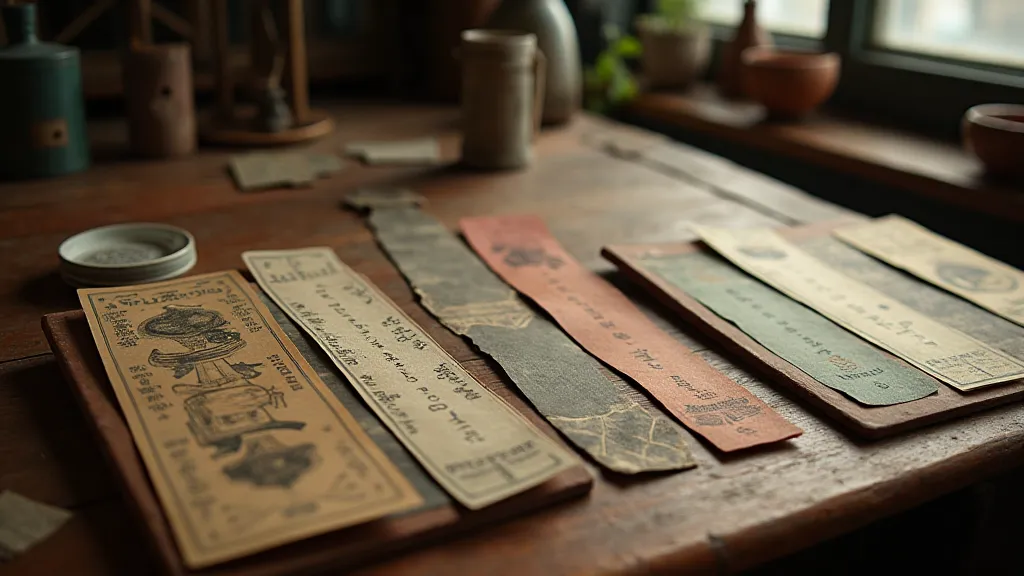
The next time you browse a used bookstore, take a moment to appreciate the bookmarks you may find tucked within the pages. You never know what stories they might hold, what connections they might spark, or what hidden treasures you might uncover. These unassuming pieces of ephemera offer a unique window into the past, waiting to be rediscovered and cherished.
